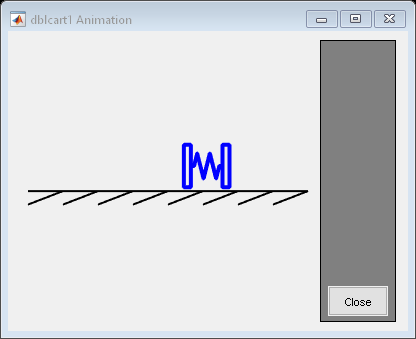State-Space
实现线性状态空间系统
库:
Simulink /
Continuous
描述
State-Space 模块可实现具有您定义的如下行为的系统:
其中 x 是状态向量,u 是输入向量,y 是输出向量,x0 是状态向量的初始条件。A、B、C、D 矩阵可以指定为稀疏矩阵或稠密矩阵。矩阵系数必须具有以下特征:
A 必须是 n×n 矩阵,其中 n 是状态的数量。
B 必须是 n×m 矩阵,其中 m 是输入数目。
C 必须是 r×n 矩阵,其中 r 是输出数目。
D 必须是 r×m 矩阵。

一般情况下,模块有一个输入端口和一个输出端口。C 或 D 矩阵中的行数与输出端口的宽度相同。B 或 D 矩阵中的列数与输入端口的宽度相同。如果您要建立不带任何输入端口的自治线性系统模型,请将 B 和 D 设置为空矩阵。在这种情况下,模块相当于没有输入端口但有一个输出端口的源模块,并实现以下系统:
Simulink® 软件可将包含零值的矩阵转换为稀疏矩阵,以提高乘法运算的效率。
示例
端口
输入
输出
参数
模块特性
数据类型 |
|
直接馈通 |
|
多维信号 |
|
可变大小信号 |
|
过零检测 |
|
扩展功能
版本历史记录
在 R2006a 之前推出
